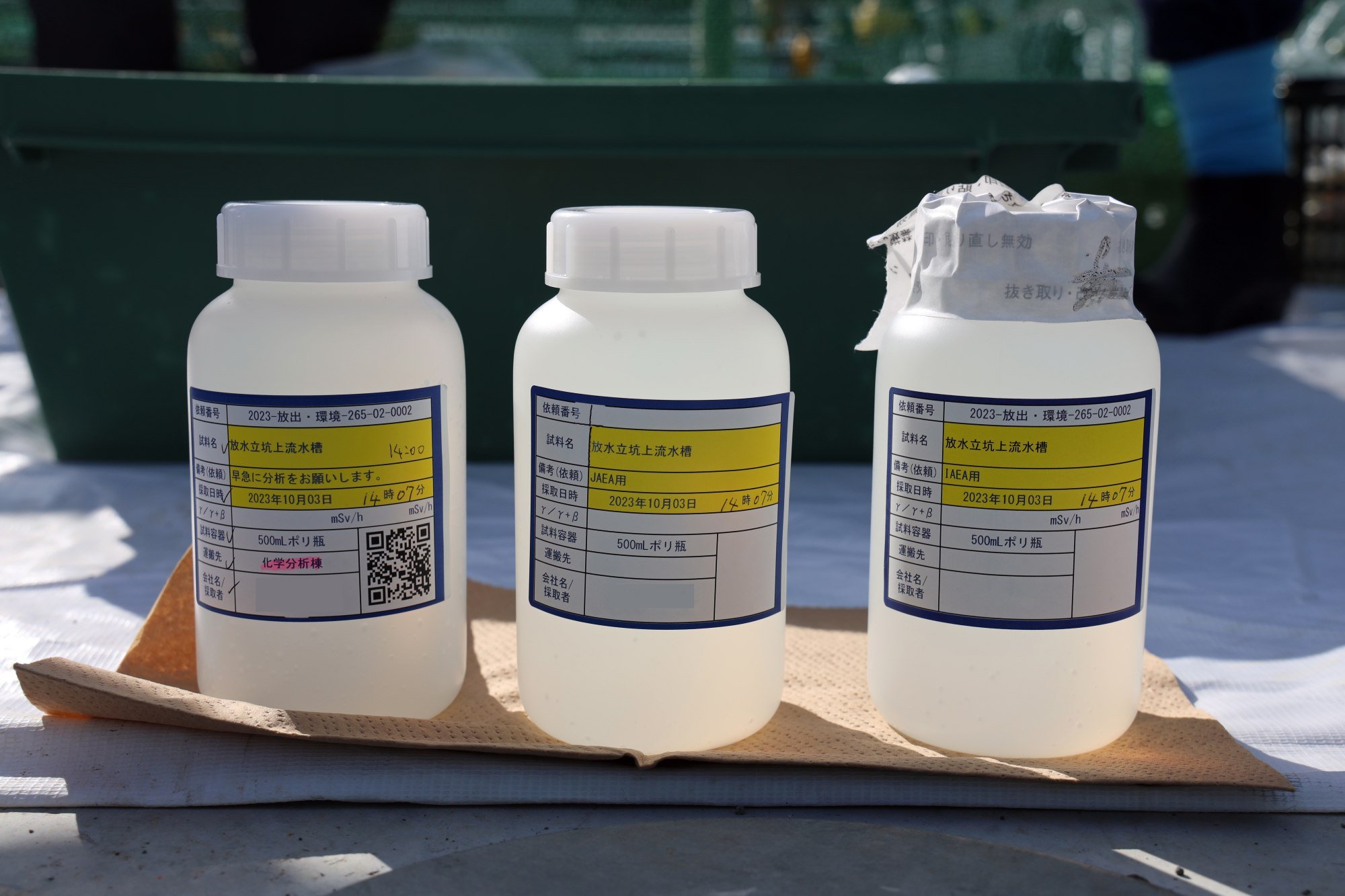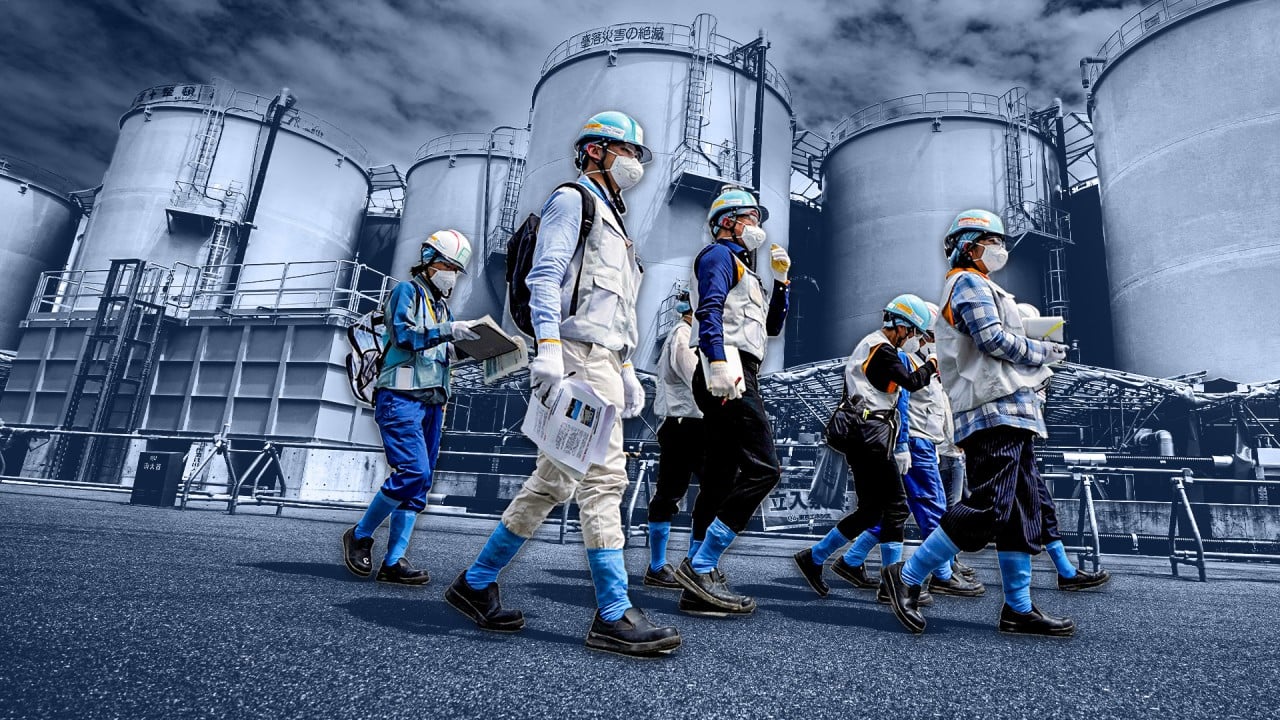
Fukushima water release: Japan begins releasing third batch of treated waste water from stricken nuclear plant
- The Fukushima plant expects to release 7,800 tons of treated water into the ocean until November 20 – the same amount as the first two rounds of discharges
- The discharges have been strongly opposed by fishing groups and neighbouring countries, with China immediately banning all imports of Japanese seafood
The plant operator discharged 7,800 tons of treated water in each of the first two batches and plans to release the same amount in the current batch through November 20.
Tokyo Electric Power Company Holdings (Tepco) said its workers activated the first of the two pumps to dilute the treated water with large amounts of seawater, gradually sending the mixture into the Pacific Ocean through an undersea tunnel for an offshore release.
Tepco and the government say discharging the water into the sea is unavoidable because the tanks are nearly full and the plant needs to be decommissioned.
What to know about Japan’s plan to release Fukushima waste water into the sea
Japan’s government has set up a relief fund to help find new markets and reduce the impact of China’s seafood ban, while the central and local governments have led a campaign to eat fish and support Fukushima, now joined by many consumers.
The water is treated to remove as much radioactivity as possible then greatly diluted with seawater before it is released.
Tepco and the government say the process is safe, but some scientists say the continuing release is unprecedented and should be monitored closely.

The International Atomic Energy Agency (IAEA) has concluded that if the release is carried out as planned, it would have a negligible impact on the environment, marine life and human health. IAEA mission officials said last month they were reassured by the smooth operation so far.
Experts from the IAEA and other agencies, including those from China, have surveyed the environmental impact of the release, including by taking water and fish samples.


.png?itok=arIb17P0)
